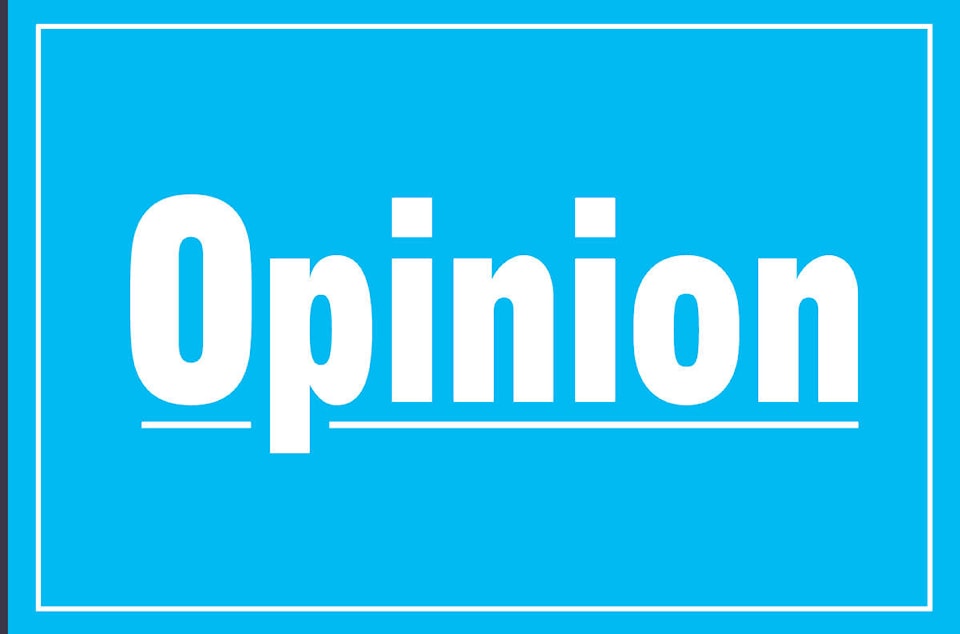It’s getting harder to look the other way and assume that an economic recovery is just on the horizon.
Warnings about a third wave of COVID-19 have crescendoed to a roar and widespread vaccination is many weeks away.
And so the discussion about how to support vulnerable people and businesses and jobs needs to be had yet again. How are we going to afford this?
That’s not really where the conversation is heading right now. Among policy-makers and think tanks, it’s about how to handle the recovery, and how to calibrate the reining in of massive support – fiscal and monetary – as the vaccines take hold. How to build back better without breaking the bank. How to unleash billions in savings.
They’re putting the cart before the horse.
We’ve already seen what a fresh round of closures does to the economy. In January, COVID-19’s second wave knocked 200,000 people out of work and pushed precarious small businesses that much closer to the line.
Income supports and business subsidies are already in place to help bridge those people and companies to better times, and we’ve seen that the federal government is willing to extend and adjust as the pandemic demands. But the cost to the federal treasury is enormous and growing.
To be sure, no one is arguing that the support shouldn’t be there. The wage subsidy for precarious companies and the enhanced Employment Insurance programs are still in place, as are rent subsidies and emergency loans for businesses. Prime Minister Justin Trudeau has ramped up his repetition of the vow to “do whatever it takes” to help people through to the other side. The opposition parties, while they grumble at the design or rollout of supports, aren’t arguing for them to wind down.
But no one really counted on a round three.
In the federal government’s fiscal and economic update from last November – the closest we have to a budget these days – the Department of Finance did outline some worst-case scenarios.
Back then, the best-case scenario was a deficit of $382 billion this fiscal year and $121 billion next year before tapering off into a recovery.
When the second wave prompted renewed lockdowns in Ontario and Quebec over Christmas and into the new year, the fiscal track slipped towards a second-best scenario, with deficits of $389 billion this year and $128 billion next year.
There’s a third scenario of “extended restrictions” in the economy laid out there too. In that case, the deficit would be $399 billion this year and $138 billion next year. All told, a third wave could cost the federal government up to $32.5 billion compared to what it foresaw in November, the tables show.
And that doesn’t begin to measure the anguish of grappling with contagion, home-schooling and uncertainty.
All told, a third wave would mean a deeper hole to climb out of, and a longer, tougher recovery period until the economy is up and running at full speed again.
Ottawa can borrow the money to pay for all this, of course, and right now interest rates are so low that the immediate costs of borrowing are next to nothing.
It’s what the International Monetary Fund suggests countries around the world should do, and indeed, it’s what many are doing.
“Right now, we’re living almost as if it’s a free lunch,” says Pedro Antunes, chief economist at the Conference Board of Canada.
The problem is that interest rates won’t remain low forever and are poised to start climbing in a couple of years, even as the federal and provincial governments are staring at a growing pile of debt. The provinces, in particular, will see their health-care expenses grow faster than their revenues, making their debt load untenable – unless governments raise taxes or cut spending, Antunes warns.
The C.D. Howe Institute is raising some red flags too. Every day of delay on the vaccine front pushes off economic recovery that much further, driving up costs that will eventually have to be reckoned with even as the population ages and health-care costs rise, warns Janice MacKinnon, a former Saskatchewan finance minister and co-chair of the think tank’s fiscal and tax working group.
MacKinnon argues for highly targeted supports for recovery right now, followed quickly by growth-oriented plan to spur investment and competitiveness.
“What we can’t continue to do is this unfocused spending,” she says.
That’s what Finance Minister Chrystia Freeland’s budget will be all about when we see it in a few weeks’ time - repairing the damage, attempting to position Canada for recovery, and confronting the consequences of running up the federal debt to unheard-of levels.
But a costly third wave of COVID-19 will make all those plans much more difficult.
Heather Scoffield is a National Affairs writer.
